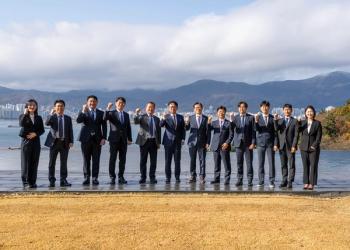
Monitoring vent pressure prevents seal failure
Usually referred to as the secondary vent, its purpose is to direct the gas that is present
between the DGS (Tandem or Double arrangement) and the separation seal to a safe location.
Most importantly, conditions in this vent can provide information on the health of the outer seal (secondary seal for tandem arrangements and atmospheric seal for double seals) and the separation seal.
The majority of installations do not specifically monitor the condition of the secondary or the outer seal. Undetected failure of this seal exposes the plant to a process gas release in the event of primary or inner seal failure. If process gas can blow through the separation seal and into the bearing housing, a catastrophic equipment failure could occur. Therefore, the best practice is to monitor the condition of the secondary or outer seal by measuring one of the following:
- High pressure in the secondary vent -- suggested setting: 1-2 kpag (5-10 inches water column)
- Low pressure differential between the separation seal inlet and secondary vent pressure (if the separation gas is controlled at a fixed pressure)
- Low pressure in the primary seal vent -- this assumes that a pressure of 30-40 kpag (5 psig) is normally maintained between the primary and secondary seals
The decision to alarm or trip will depend on the application and the potential daily revenue loss of the plant. Since this vent can also contain oil or oil mist in the event of a separation seal system malfunction, the best practice is to monitor the effectiveness of the separation seal by locating the vent in the seal chamber at the low point (6 o clock position), and installing a device to indicate oil contamination (level glass as a minimum), with a drain valve to a safe location in the vent line.
Separation systems
Regardless of the type of seal configuration (double or tandem), the function of the separation system is to prevent process gas from entering the bearing housing in the event of a seal failure, and oil from entering the seal cartridge.
Entrance of process gas into the bearing housing exposes the plant to catastrophic consequences and extended downtime.
There are several types of separation seals. The choice depends on the availability of the separation gas (usually nitrogen). The alternatives, arranged in the order of the highest usage of separation gas are:
- Labyrinth seals
- Abradable labyrinth seals
- Non-contact carbon seals
- Segmented carbon contact seals
The best practice is to use labyrinth or abradable labyrinth seals if sufficient nitrogen is available.
Newsletter
Power your knowledge with the latest in turbine technology, engineering advances, and energy solutions—subscribe to Turbomachinery International today.





